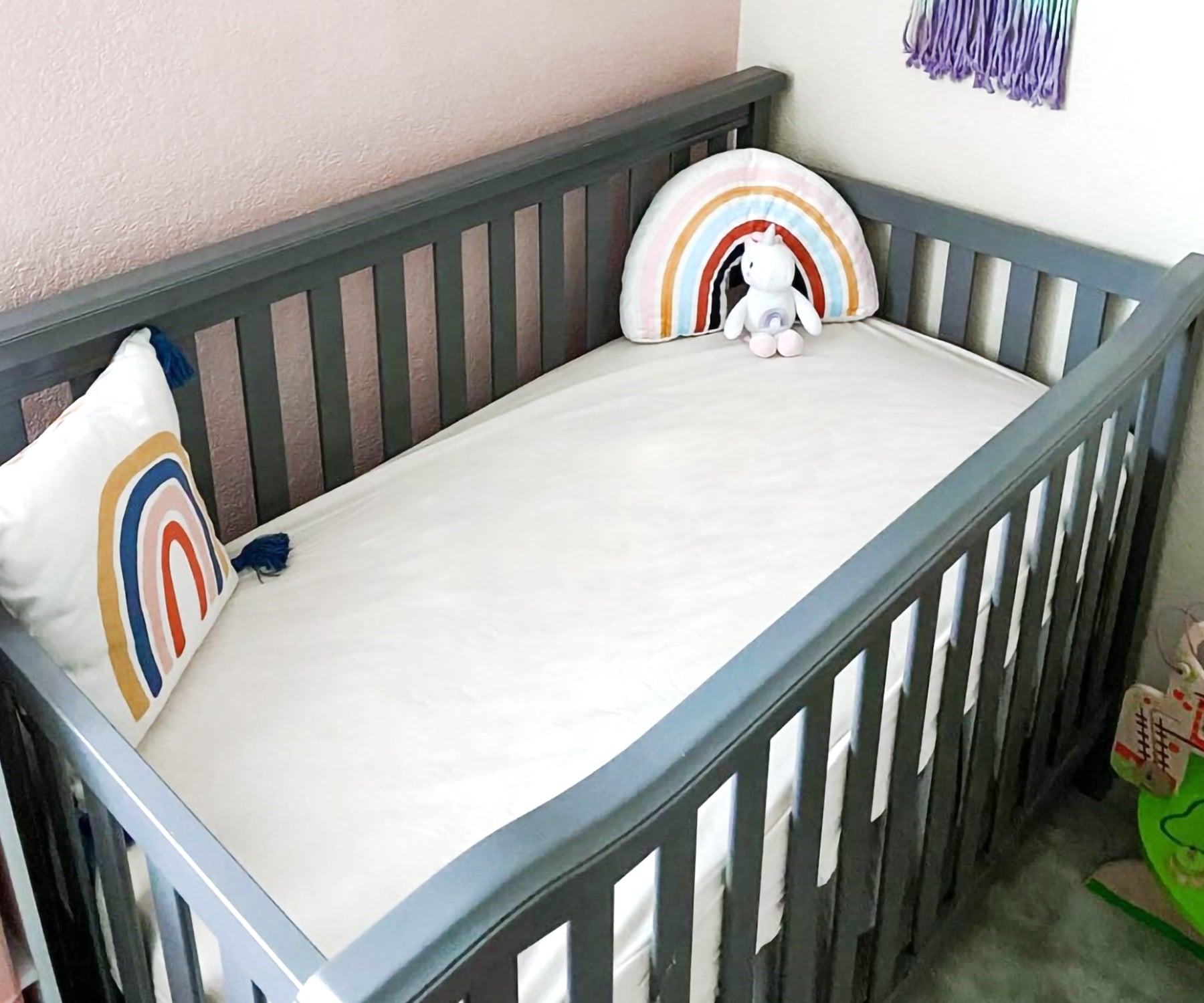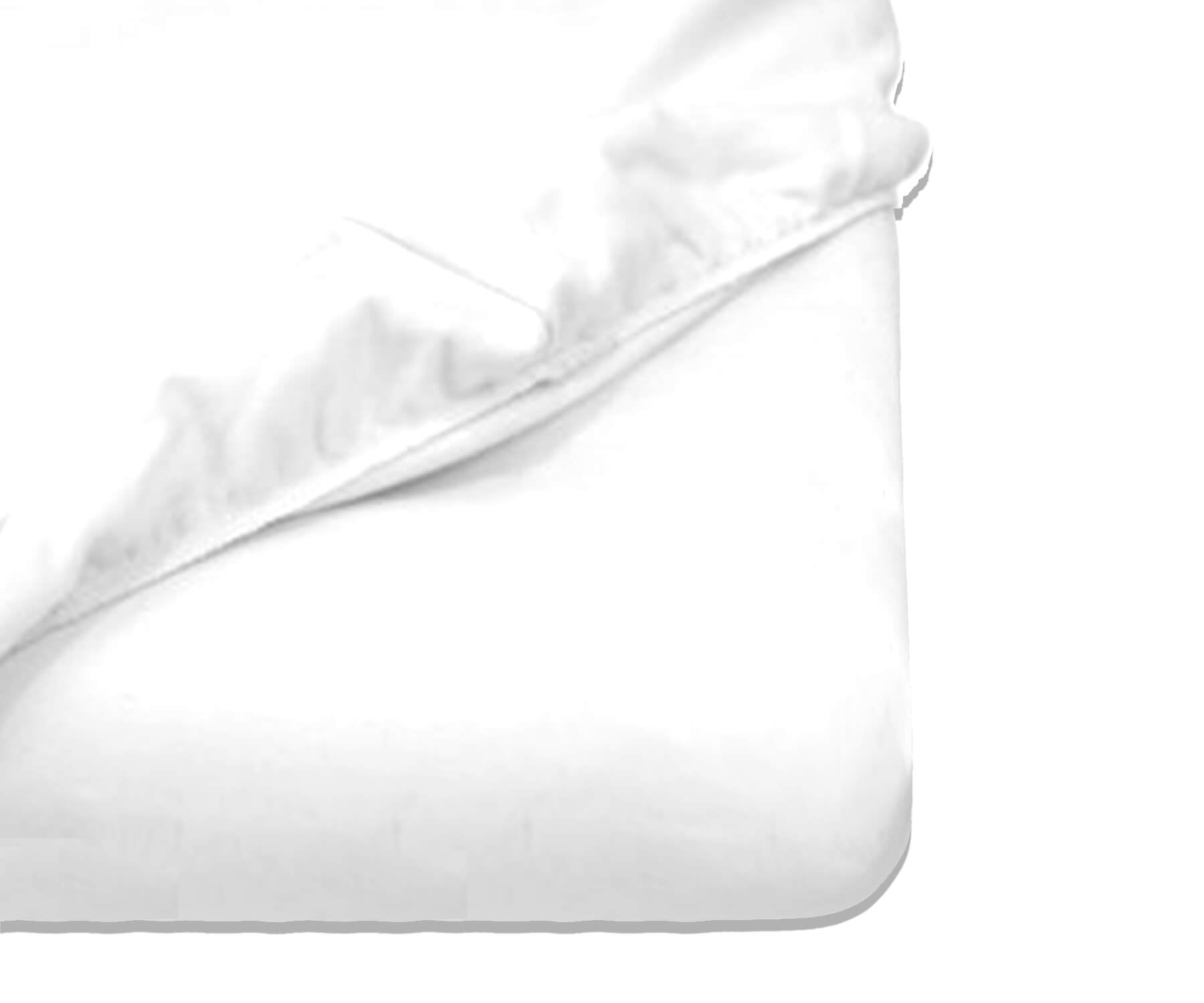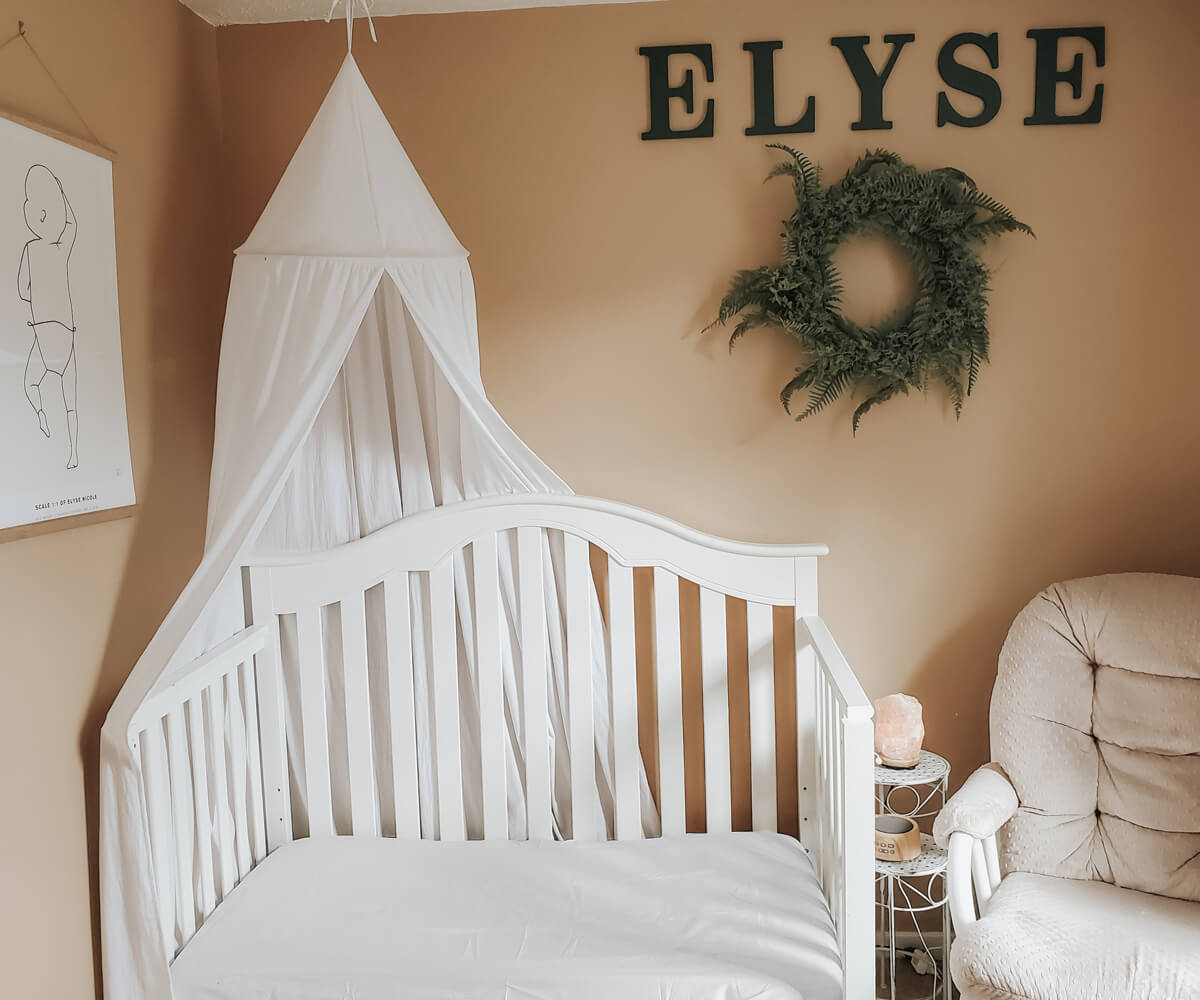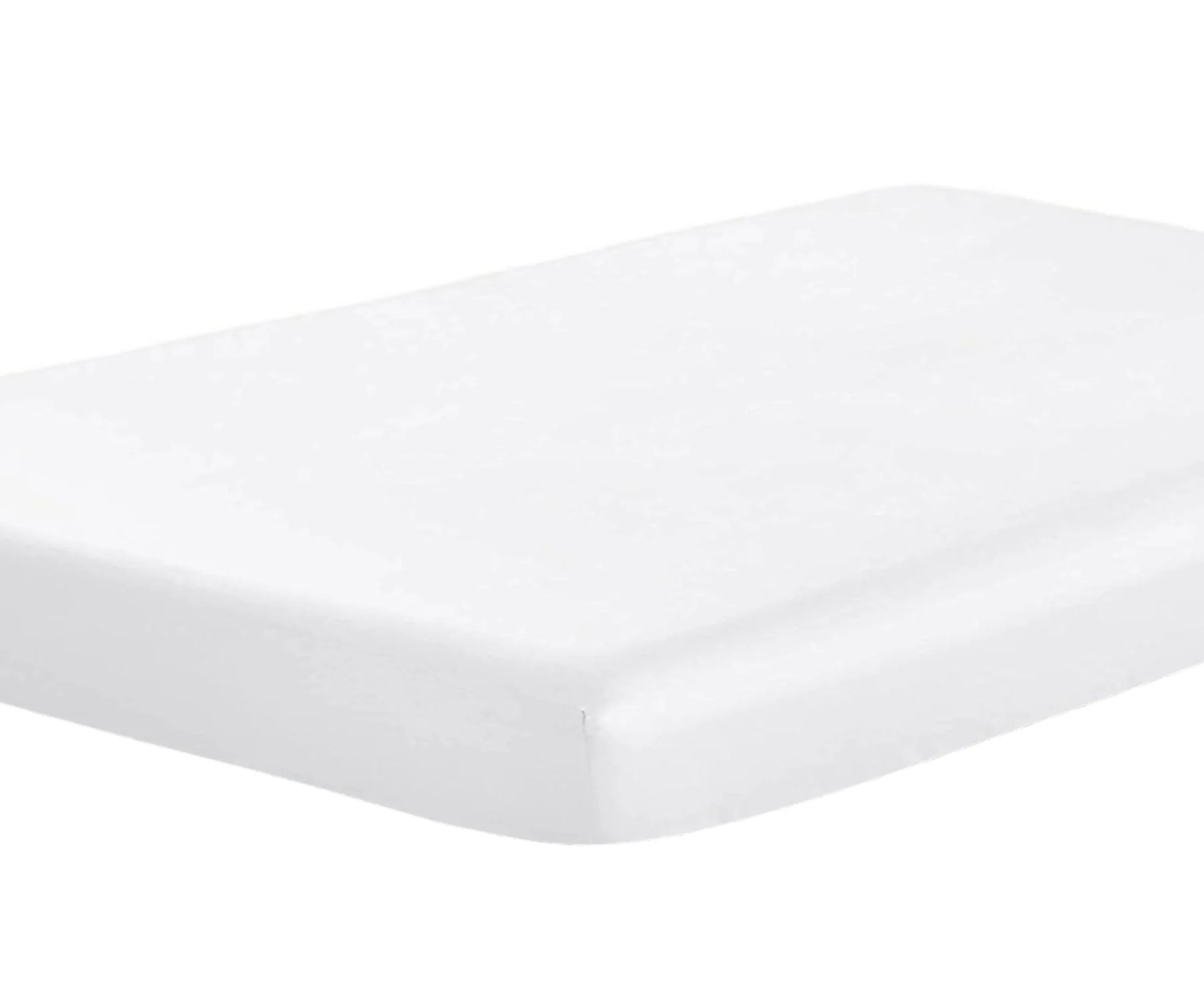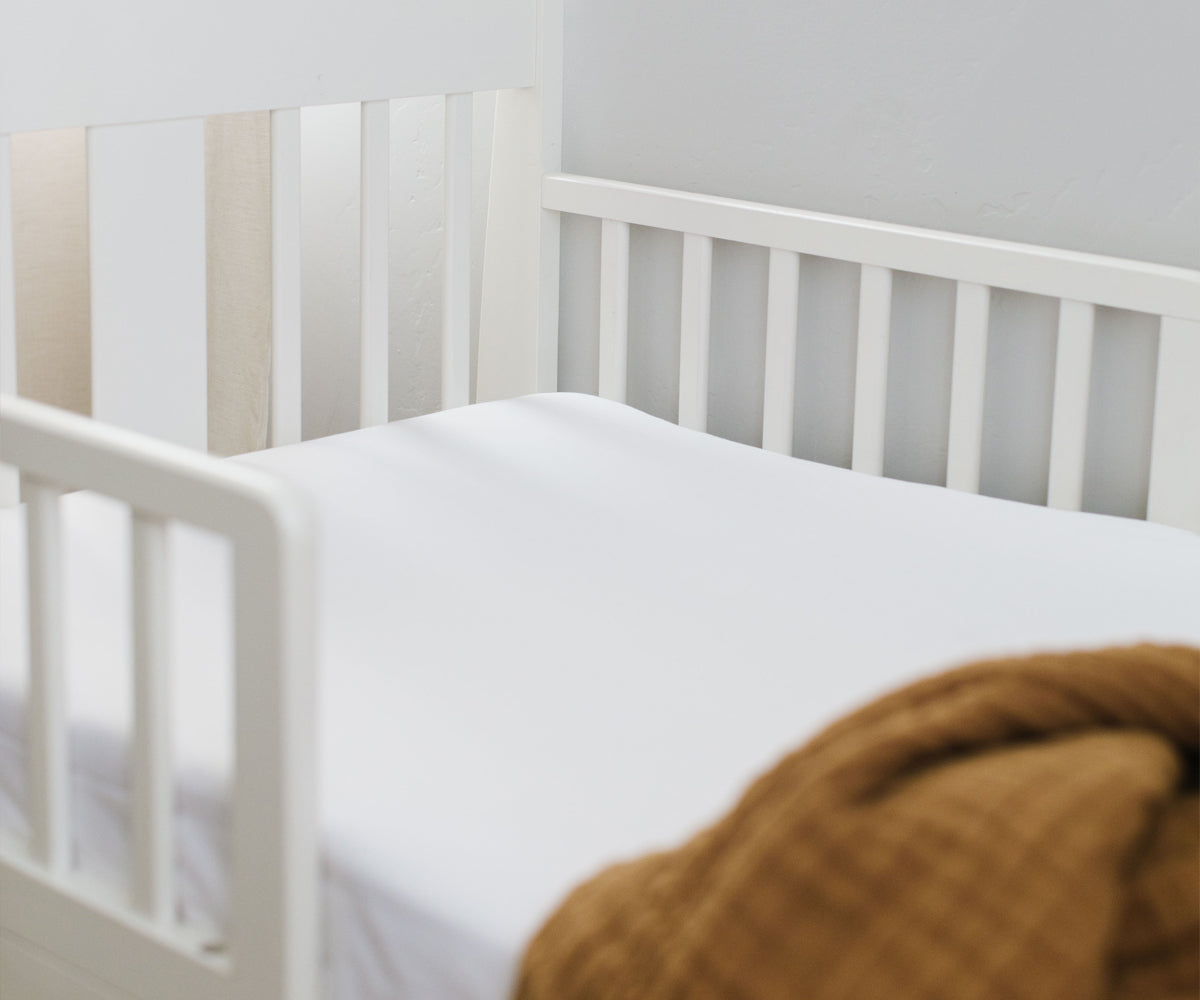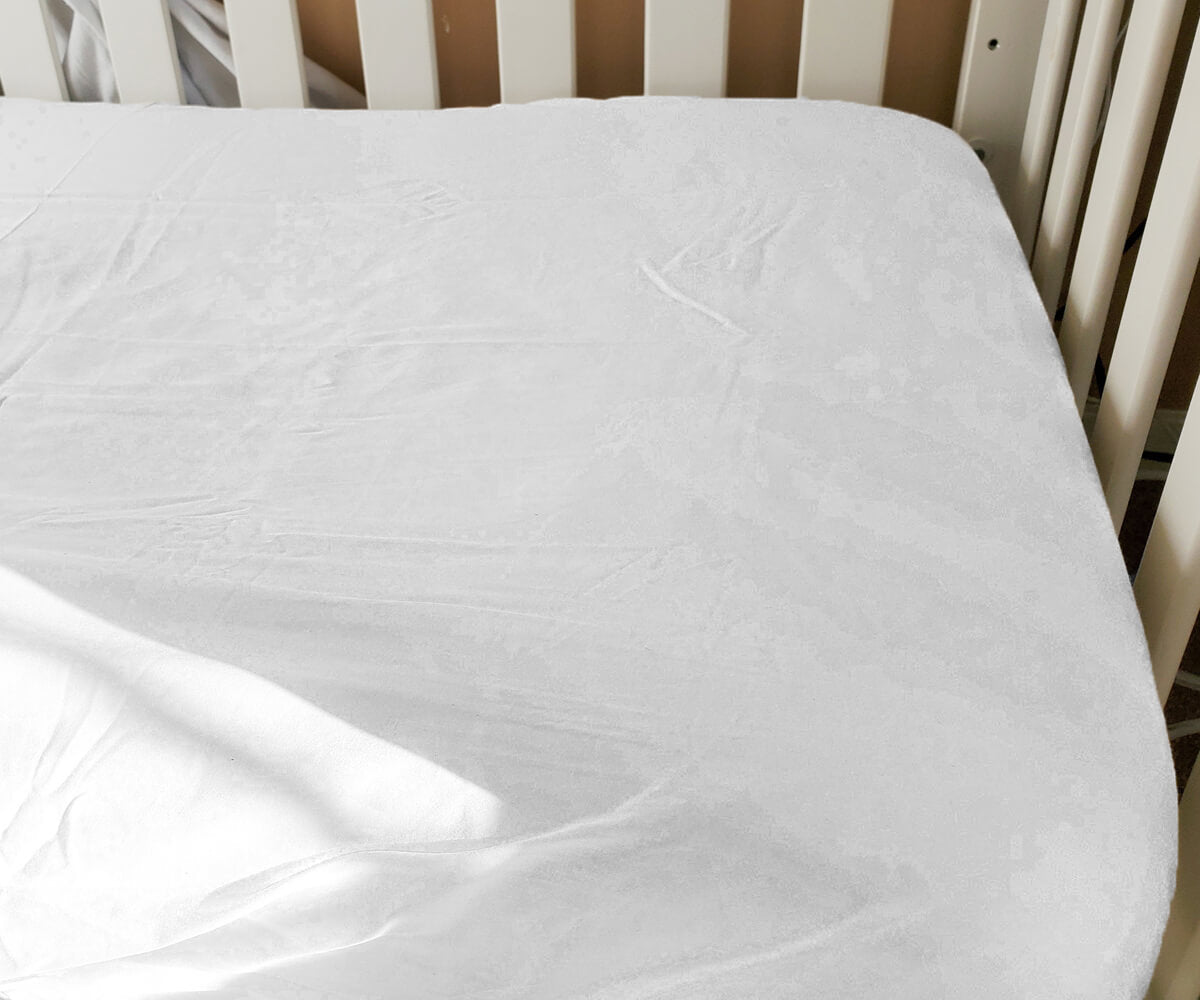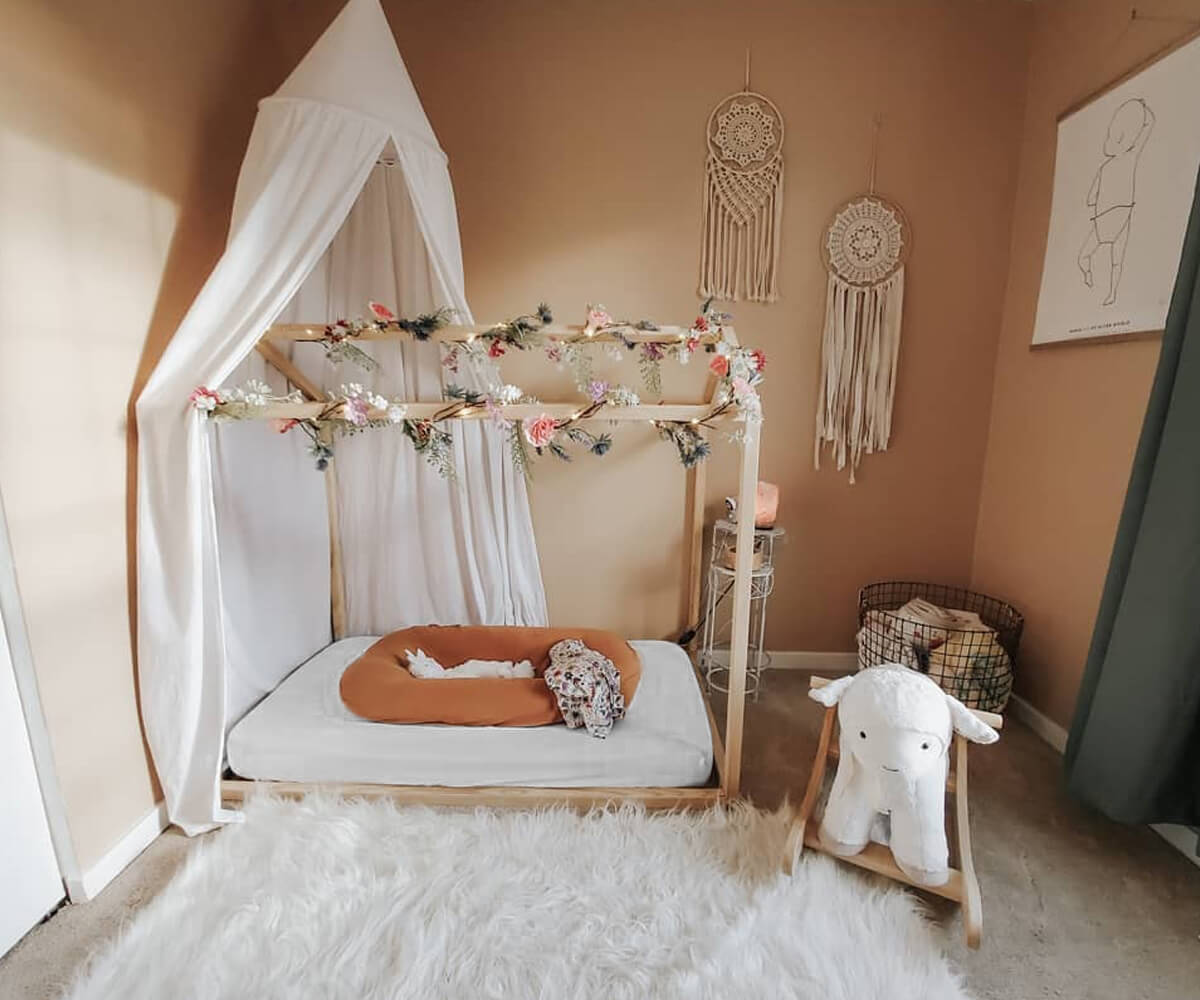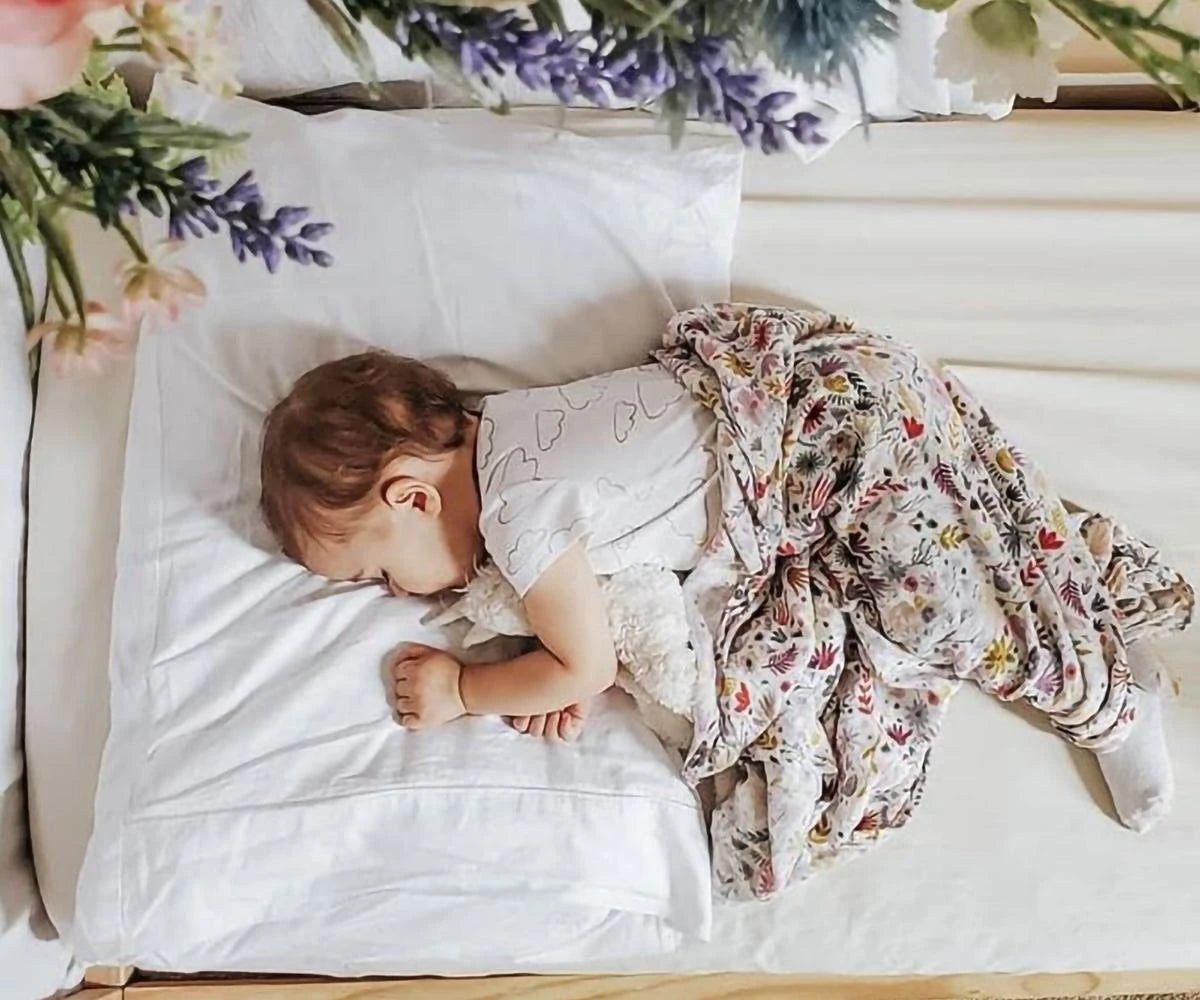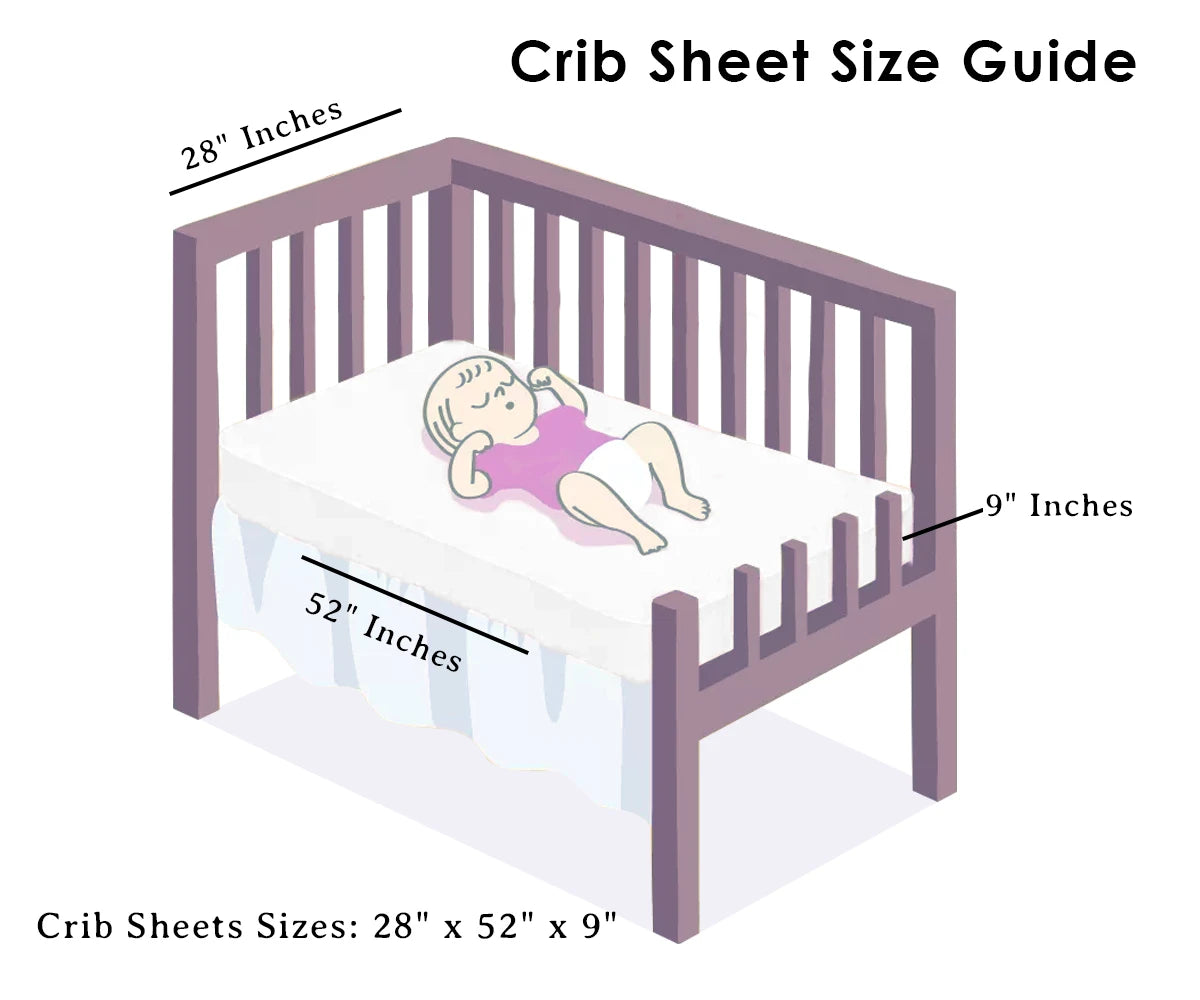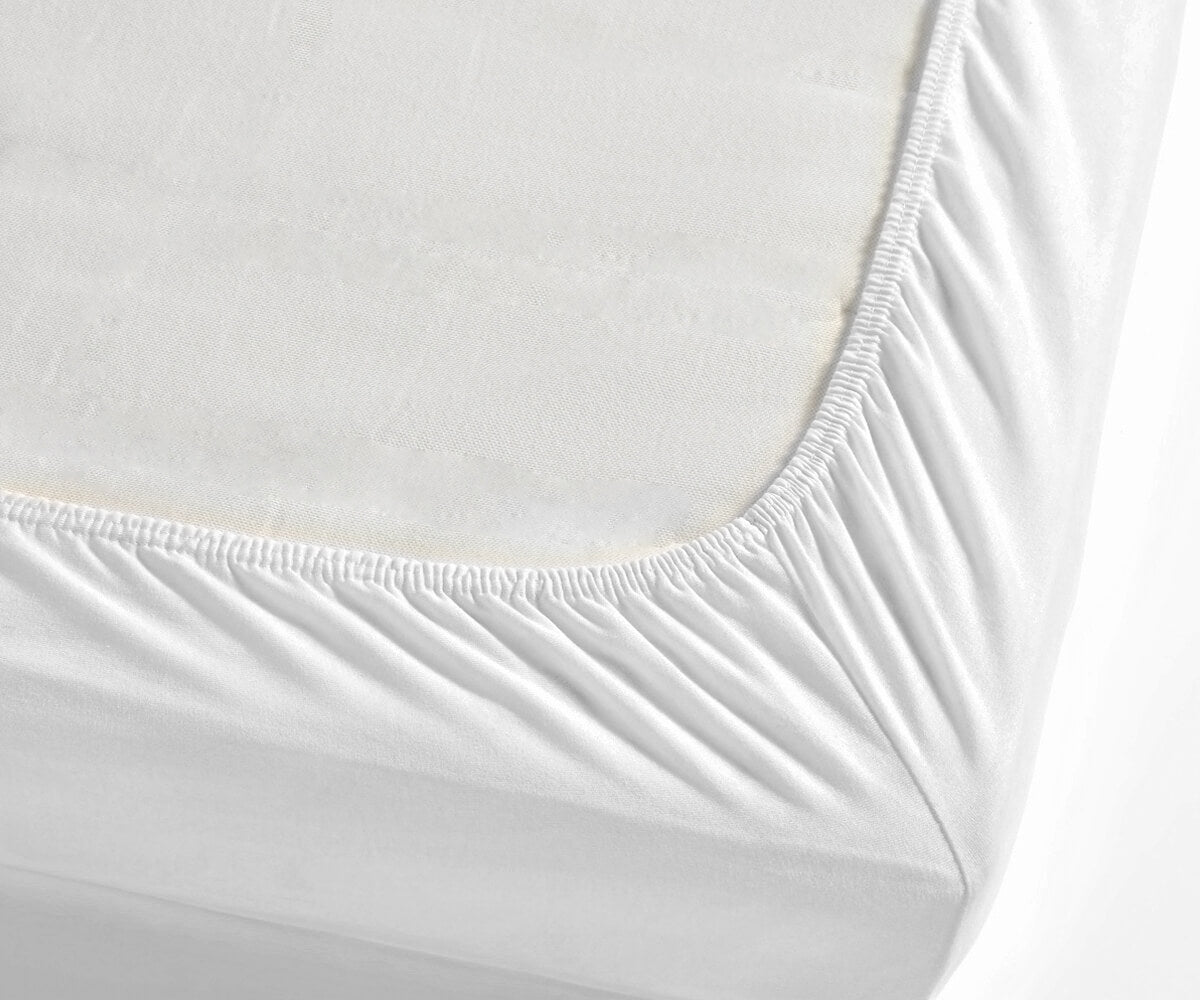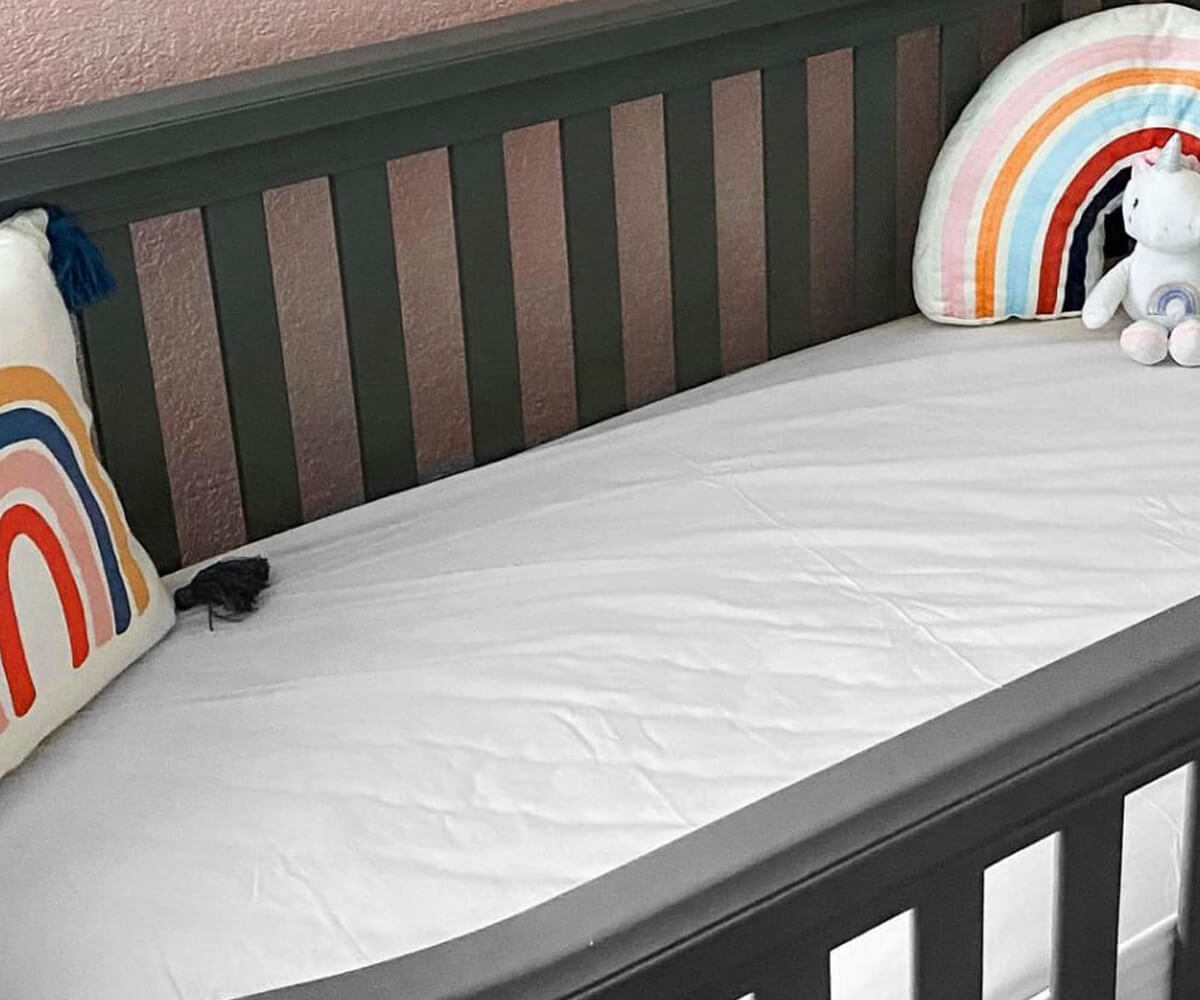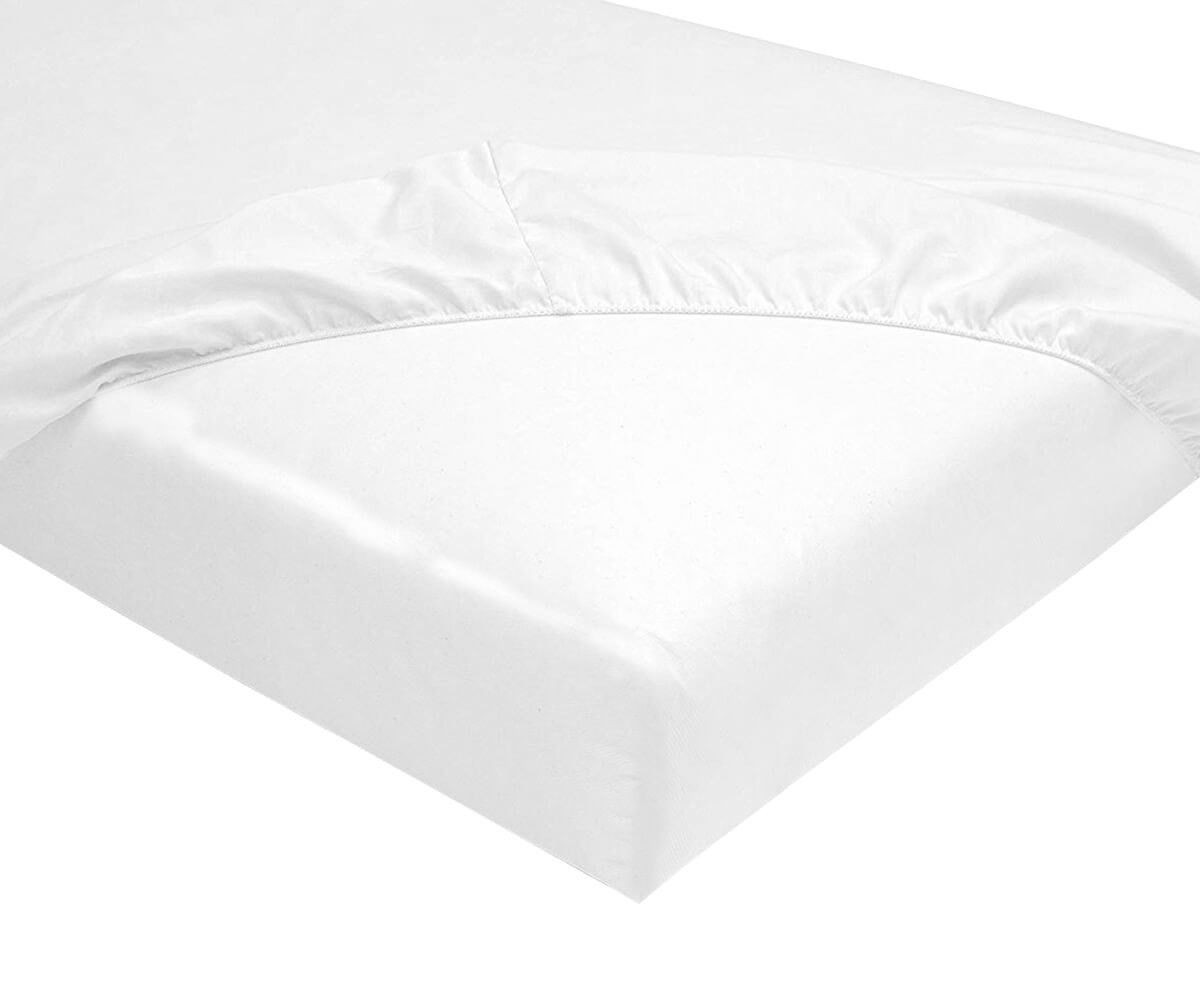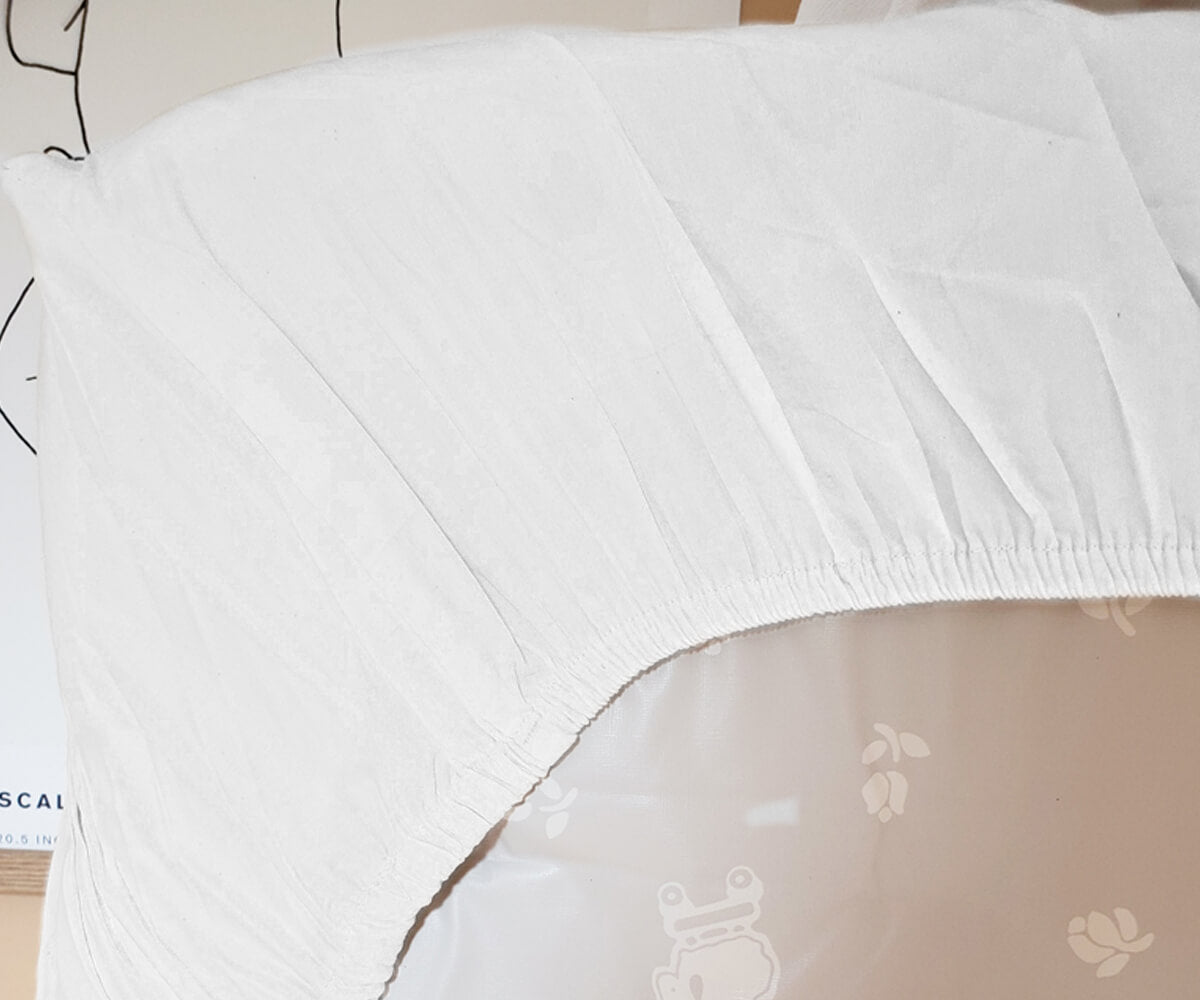Materials You Need
Before you begin, gather the necessary materials. Having the right supplies will make the process smoother and more enjoyable. Here’s what you’ll need:
-
Fabric: Quilting cotton is a great choice due to its durability and wide range of patterns.
-
Batting: The middle layer that adds warmth and thickness to your quilt. Cotton batting is breathable and provides a cozy feel.
-
Backing Fabric: The fabric that forms the back of your quilt. It should complement your quilt’s design and be comfortable against the skin.
-
Rotary Cutter and Ruler: These tools ensure precise cutting of your fabric pieces.
-
Sewing Machine and Thread: A sewing machine makes the process faster, but hand-sewing is an option if you prefer a traditional approach.
-
Pins and Needles: Used to hold fabric layers together while sewing.
-
Iron and Ironing Board: Helps to press seams and keep fabric smooth.
-
Binding Fabric: Strips of fabric used to finish the edges of your quilt.
Choosing the Right Fabric for Quilting
Selecting the right fabric is crucial for a successful quilting project. Quilting cotton is the most recommended choice due to its durability and ease of use. It is widely available in various colors and patterns, allowing for endless creative possibilities.
Alternative Fabrics for Quilting:
-
Cotton Sheets: Work well for quilt backing.
-
Fitted Crib Sheets: Ideal for baby quilts.
-
Bedding Skirts: Adds a luxurious touch to quilts.
-
Fitted Sheets: Can be repurposed for quilt backings.
Step-by-Step Process for Making a Cotton Quilt
Step 1: Choose Your Quilt Pattern
If you’re a beginner, start with a simple pattern like squares, strips, or a basic patchwork design. As you gain experience, you can explore more complex patterns like log cabin, star designs, or appliqué quilts.
Step 2: Cut Your Fabric
Using a rotary cutter and ruler, carefully cut your fabric into the required shapes and sizes based on your quilt pattern. For instance, if making a patchwork quilt, cut fabric into equal-sized squares. Accuracy in cutting ensures a smooth and even quilt.
Step 3: Arrange and Sew the Quilt Top
Lay out your fabric pieces in the desired pattern before sewing. This allows you to visualize how the final quilt will look. Once satisfied with the arrangement, sew the pieces together using a ¼-inch seam allowance. After sewing each row, press the seams flat with an iron to reduce bulk.
Step 4: Assemble the Quilt Layers
A quilt consists of three layers: the quilt top, batting, and backing fabric. Lay them out flat, ensuring each layer is smooth and properly aligned. Pin or baste the layers together to prevent shifting while sewing.
Step 5: Quilting the Layers
Now it’s time to stitch through all the layers to hold them together. This can be done using straight-line quilting (simple parallel lines) or free-motion quilting for decorative designs. If hand-tying the quilt, use embroidery thread or yarn to secure the layers at intervals.
Step 6: Trim and Bind the Quilt
Trim any excess fabric and batting around the edges. Then, attach the binding fabric to encase the raw edges of the quilt. This step gives your quilt a polished and professional finish. Fold the binding over the edges and sew it securely in place.
You May Also Like: Harmonizing Good Friday & Easter Sunday Decor 2025
Can You Use Cotton Fabric for Rag Quilts?
Yes! Cotton fabric is an excellent choice for rag quilts. Rag quilts have exposed seams that fray beautifully after washing, creating a soft and textured look. To make a rag quilt, sew fabric squares together with the seams facing outward. After washing, the seams fluff up, giving the quilt a cozy and rustic appearance.
Why Are Quilts Filled with Fluffy Cotton?
Quilts are often filled with cotton batting because it’s lightweight, breathable, and insulating. Cotton batting provides warmth without excessive bulk, making it comfortable for year-round use. Additionally, cotton is hypoallergenic, making it suitable for sensitive skin.
Different Types of Quilts
Quilting comes in various styles, each with unique characteristics:
-
Patchwork Quilts: Made by sewing different fabric pieces together in a pattern.
-
Appliqué Quilts: Feature fabric designs sewn onto a background fabric.
-
Hand-Tied Quilts: Use knots instead of quilting stitches to hold the layers together.
Know About: What Stores Are Open on Easter 2025? Find Out Here!
Who Makes the Best Cotton Quilts?
The best cotton quilts are crafted by skilled artisans or reputable manufacturers specializing in quality craftsmanship. Look for quilts made from 100% cotton, as they are soft, durable, and breathable.
Also Read: What Is a Tea Towel? Uses, Differences, and Tips for Choosing the Best One
Standard Cotton Quilt Sizes
Quilts come in various sizes, depending on their intended use:
-
Twin Size Quilts: Great for single beds or layering.
-
Queen Size Quilts: Designed for queen beds.
-
King Size Quilts: Larger and perfect for king beds.
Caring for Your Cotton Quilt
To keep your quilt in excellent condition:
-
Wash it in cold water with mild detergent.
-
Avoid using harsh chemicals or bleach.
-
Air dry or use a low-heat setting in the dryer.
-
Store in a cool, dry place to prevent damage.
Making a cotton quilt is a fulfilling and creative journey. With the right materials and careful stitching, you can create a quilt that is both practical and visually appealing. Ready to get started? Gather your materials, choose your design, and begin your quilting adventure today!





